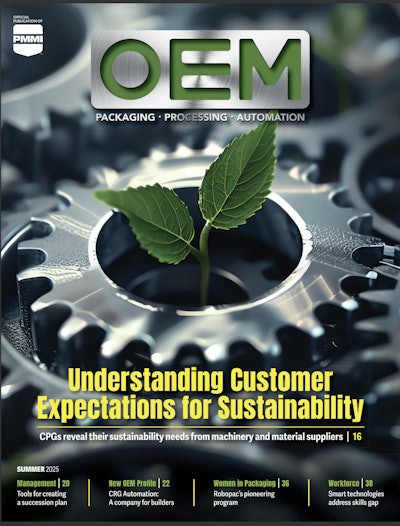While mergers and acquisitions are on the rise, the packaging and processing sector has its roots in family-owned businesses. At PMMI's Executive Leadership Conference (April 6-9, 2025, Sea Island, Georgia) session "Succession Planning," Richard Bryan, Succession Planning and Common Sense Leadership expert, revealed that only 3% of family businesses successfully transition to the fourth generation, so a strategic, intentional approach is crucial.
Here are six key steps Bryan outlined to create an effective succession plan for not just a family business, but any company looking to identify and plan for their next leaders:
1. Start with the End in Mind
- Define your long-term vision for the business
- Consider your ideal future 5-10 years ahead
- Create both a long-term succession plan and a short-term continuity/disaster recovery plan
2. Identify A-Players
- Alignment with core values
- Big-picture thinking
- Consistent goal achievement
- Don't just focus on experience, but also attitude and transferable skills
3. Develop Clear Role Expectations
- Create detailed job scorecards, not just job descriptions
- Define 5-8 core competencies for leadership roles
- Include specific mission, objectives, and performance expectations
4. Build Bench Strength
- Mentor potential successors
- Expose high-potential employees to broader responsibilities
- Prepare backup leaders who can step in if key personnel are unavailable
5. Make Tough Decisions
- Be willing to promote from within or hire externally
- Assess whether selling to an industry buyer might be the best option
- Prioritize the long-term health of the business over short-term comfort
6. Involve Your Leadership Team
- Collaborate on defining role requirements
- Get input from key stakeholders
- Ensure alignment on succession strategy




















